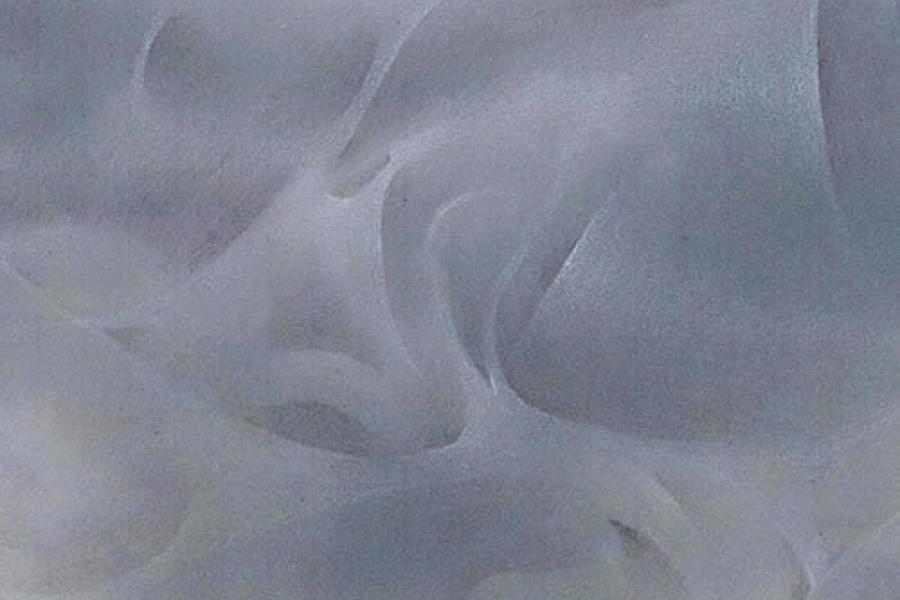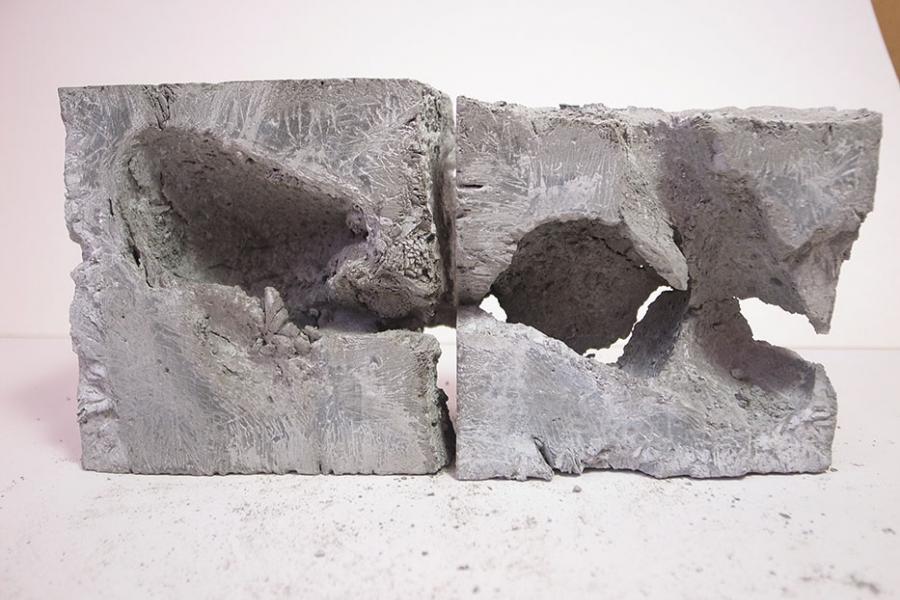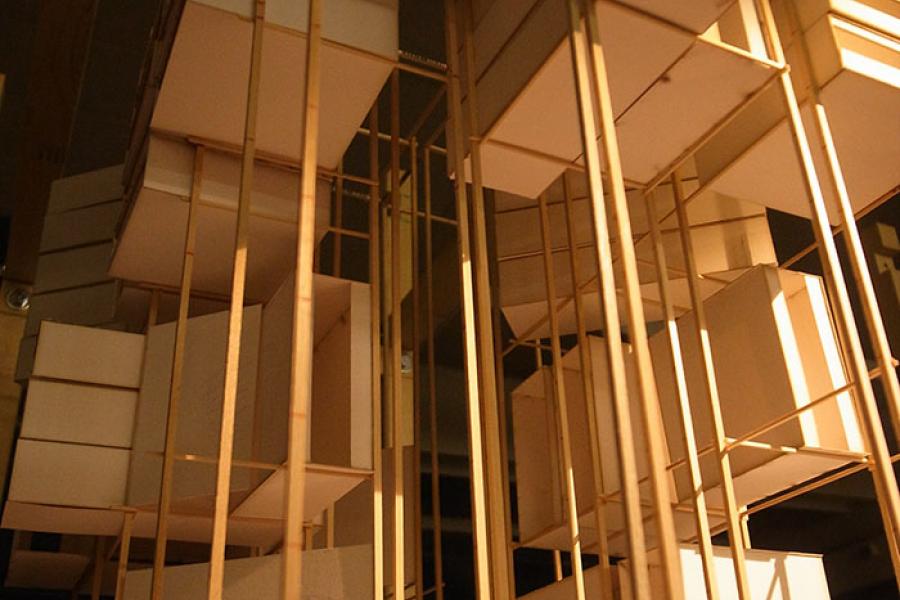Wei Xue
Advisor: Neil Minuk







Cultivating Cloud: An Architectural Guan Xiang of ShanShui
This project is driven by my interest in cloud observation. The volume of cloud changes its forms and colors with wind and light dramatically and minutely, which lets you enjoy the sublime of the sky. The cloud is already woven into the fabric of the city and becomes part of our everyday life. I am interested in the relationship between cloud and painting especially Chinese traditional landscape painting which is what we call Shan Shui. Through the observation of phenomenon of clouds, I take clouds as an imaginary matter for a lazy modeler and help me to draw the dream of transformation. Painting is associated with gain from an invention that enables the painter to find inspiration in the changing forms of the clouds.1 In clouds elusive emptiness in Shan Shui, one sees many of the features of mountains and water courses hiding there. The Shan Shui painting is a game of cloud. An important standard for Shan Shui which is Qi Yun Sheng Dong. The Qi is breath. Qi Yun Sheng Dong means the harmony of breath is precisely the movement of life or rhythmical vitality.2 There are four representations of Qi in Shan Shui, which are nothingness, distance, gesture or portent and circulation. The distance is quite important. The purpose of distance is not only the representation of spatial depth but also to bring your mind from matter to infinite distance and imagination. It is the product of the interaction between matter and nothingness.3 The cloud as a medium bridges the matter and nothingness and brings your mind from limited space to infinite. Two methodologies will be used in the research process. One is chance and the other is Guan Xiang. Guan Xiang is the method that the painter uses to draw Shan Shui. It is not only the way to view but also the way to experience, to read, to represent, to construct and to imagine. All those ideas will contribute to the final project, a high-rise apartment, for exploring the relationship between Shan Shui and architecture; for inquiring if an architecture could be cultivated from the laboratory of Shan Shui.
1. Hubert Damisch, A Theory of /Cloud/ ( Stanford: Stanford University Press, 2002), 35
2. Damisch, A Theory of /Cloud/, 214
3. 曾炎辉, “气论在宋朝山水画中的影响” 硕士论文, 南华大学,中华明国九十七年。47
Zeng YanHui, “The Influence of Qi in Shan Shui in Song Dyansty”, Master Thesis,
Nan Hua University, 2008. 47
